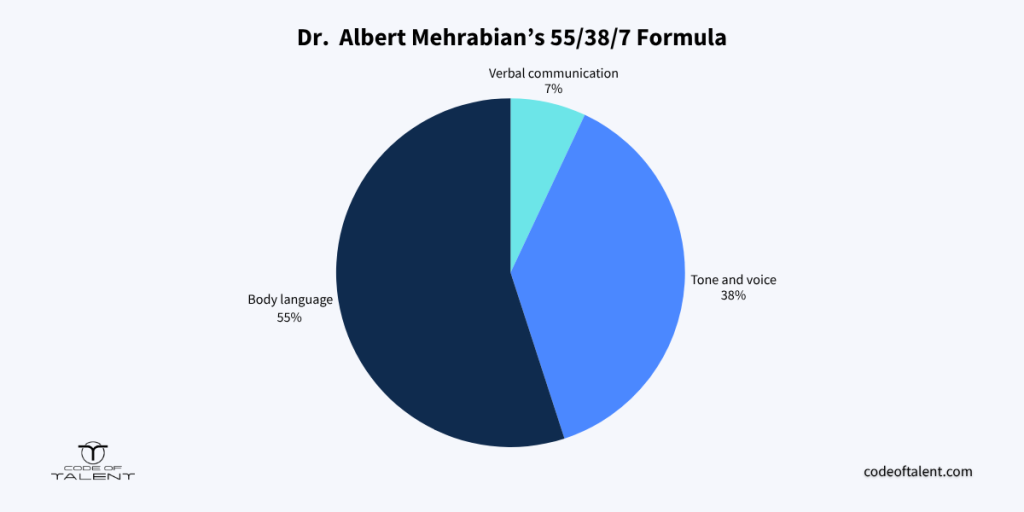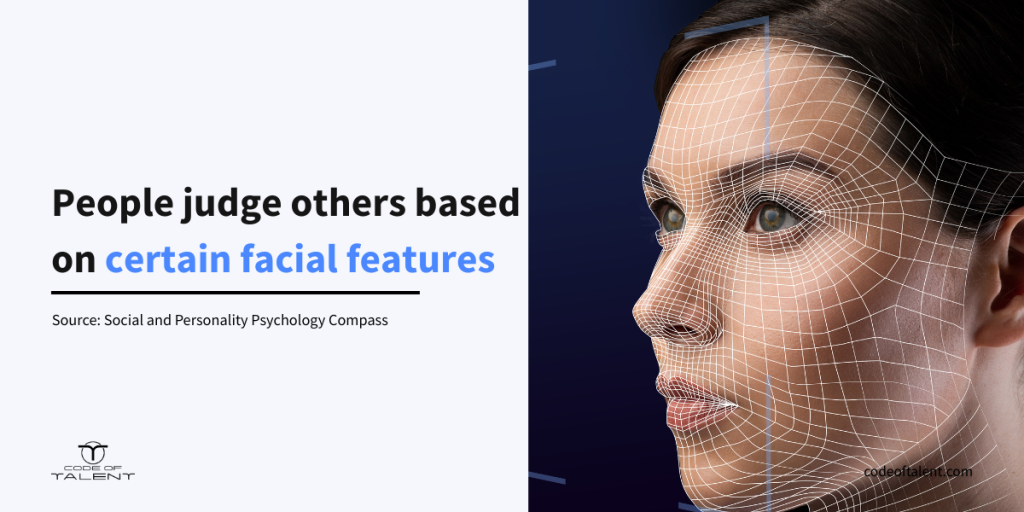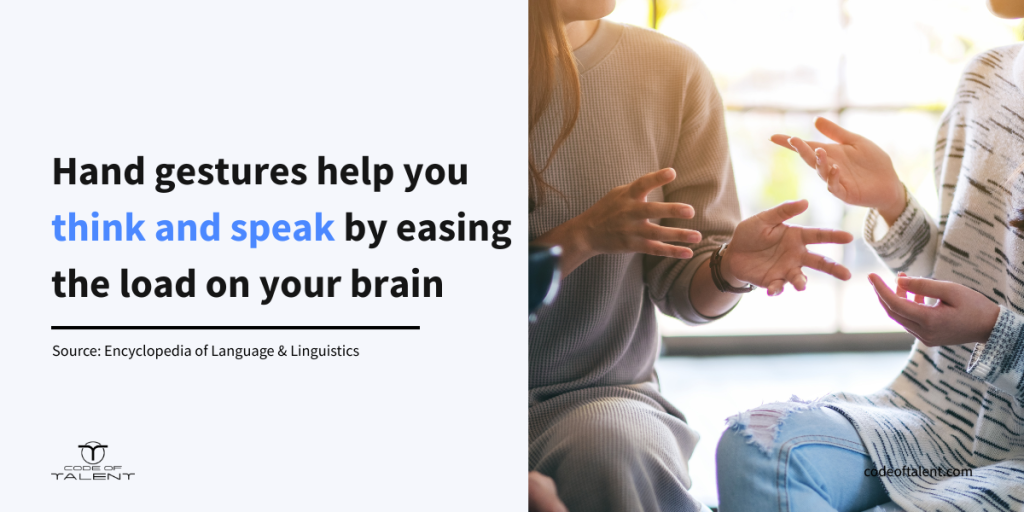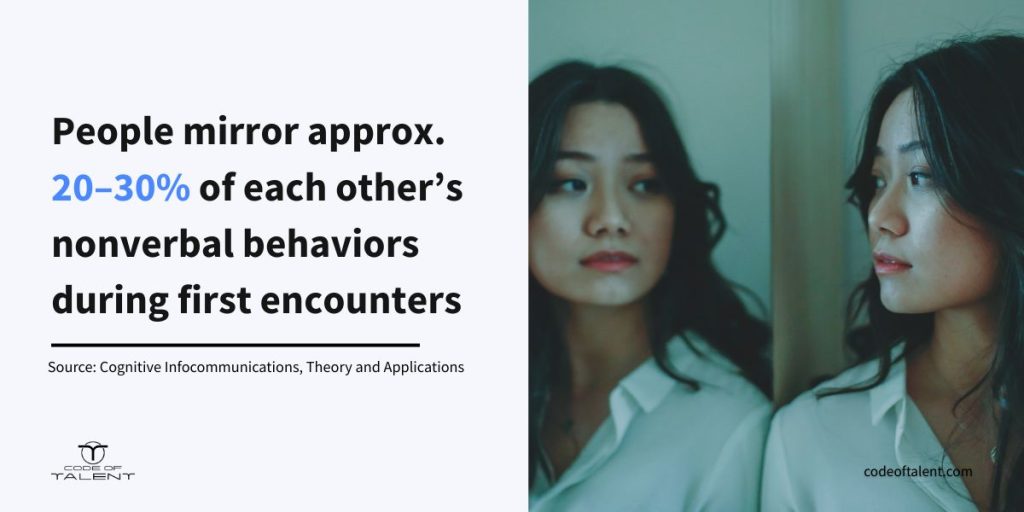Nonverbal communication in the workplace is more powerful—and more overlooked—than most people realize. What you don’t say often speaks louder than words. In fact, 93% of communication is nonverbal, shaped by body language, tone of voice, and facial expressions.
That’s why understanding the science and psychology behind nonverbal cues is essential, whether you’re leading a team, serving customers, or training new employees. From first impressions to conflict resolution, mastering these silent signals can improve performance, trust, and connection.
In this article, we’ll explore the key facts and figures behind nonverbal communication, covering everything from body language and tone of voice to eye contact, gestures, and cultural differences. You’ll gain insight into how these cues influence perception, relationships, and leadership in the workplace.
General and Body Language
Nonverbal communication forms the foundation of how we express emotions, intentions, and attitudes, especially in professional environments.
In the nonverbal communication workplace dynamic, leaders inspire trust, colleagues interpret emotional cues, and silent signals often carry more weight than spoken words.

- 93 % of communication is nonverbal: 7 % words, 38 % tone, 55 % body language (Mehrabian) Source
- Early studies of nonverbal cues and their impact on emotional expression began with Charles Darwin’s 1872 book The Expression of the Emotions in Man and Animals. Source
- Nonverbal communication has five key roles: it repeats, contradicts, replaces, adds to, or emphasizes what’s being said. Source
- Authentic connection beats rehearsed gestures 99% of the time. People can usually tell when body language is fake, so genuine engagement is far more effective. Source
- Nonverbal cues account for 60% to 93% of emotional meaning, making it the main source of showing emotion in communication Source
- Nonverbal behavior reveals attitudes, emotions, and motives in social interactions, often blending both approach and avoidance responses. Source
- Nonverbal cues significantly influence perceptions of status, leadership, and performance during interviews and assessments Source
First Impressions
First impressions are formed quickly and often without a single word being spoken. Understanding how nonverbal communication in the workplace shapes those early judgments can help you show up with confidence, authenticity, and professionalism from the very beginning.

- 80% of first impressions are based on nonverbal cues Source
- People form lasting impressions within the first two minutes of entering a room, based on nonverbal cues like posture, eye contact, gestures, and demeanor, making early body language critical to communication success. – Source
- When the other person or group is absorbing the message, they are focused on the entire environment around them, meaning the other person uses all five senses in the interaction: 83% sight, 11% hearing, 3% smell, 2% touch and 1% taste. Source
Eye Contact and Facial Expressions
Your face and eyes can say a thousand words before your mouth says one. In the nonverbal communication workplace context, these cues help shape perceptions and drive emotional understanding, especially in one-on-one conversations, team settings, and customer interactions.

- A slight raise of the eyebrows combined with a gentle smile is seen as the most trustworthy facial expression, conveying both friendliness and confidence. Source
- Men and women can react differently to eye contact at work. For example, two women who don’t know each other might find direct eye contact helpful in talks, while two men might feel uncomfortable, which can make communication harder. Source
- The human brain is naturally wired to see wrinkles around the eyes as a sign of genuine and strong emotions, whether happiness or sadness. Source
- People quickly judge others based on facial features. We tend to connect certain looks—like baby-like faces or emotional expressions—to ideas about fitness, feelings, or identity, even if those connections aren’t always accurate. Source
- People who are lying or hiding their true intentions often blink less and with shorter blinks, making eye blink patterns a useful nonverbal clue to spot deception. Source
Gestures and Hands
Hands talk. Whether you’re making a point in a meeting or shaking hands with a new hire, gestures can underscore or undermine what you’re saying.
As part of nonverbal communication in the workplace, gestures help shape verbal language and signal social hierarchy, often revealing more than words ever could.

- Using hand gestures makes it easier to think and speak by taking some pressure off your brain, even if you don’t realize you’re doing it. Source
- Gestures don’t just show thoughts. They help shape and improve learning by making ideas clearer, even ones that aren’t visual. Source
- When someone initiates touching someone else, especially in a situation where there’s a clear hierarchy, it can come across as a way to show control or dominance. Source
- A firm, confident handshake at the start of a meeting helps build trust and bridges the distance between you and others, showing you’re ready and in control. Source
- Mixed signals, like giving a thumbs-up while showing a sad face, can confuse others and make it harder to understand true emotions. Source
Posture and Movement
How you sit, stand, and move can completely change how you’re perceived. As a key part of nonverbal communication in the workplace, body posture silently conveys attitude, competence, and readiness, often shaping how others respond before a single word is spoken.

- People who use open, confident body language are seen as more attractive and dominant, even when meeting for the first time. Source
- People naturally mirror approximately 20–30% of each other’s nonverbal behaviors, such as head movements, facial expressions, and body postures, during first encounters. Source
- Adopting an open, expansive posture (power posing) can increase feelings of confidence and influence how others perceive your dominance and leadership. Source
- Open and relaxed postures increase perceived trustworthiness and warmth, which can improve workplace interactions and collaboration. Source
Tone and Voice
Tone is where intent meets perception. In the realm of nonverbal communication in the workplace, tone alone can determine whether a conflict escalates or de-escalates, shaping leadership presence, teamwork, and overall workplace dynamics.

- Tone of voice affects how listeners perceive a speaker’s competence and warmth, which are crucial in leadership and teamwork. A calm and steady tone tends to be seen as confident and trustworthy. Source
- Speakers who vary their pitch and use expressive tones are more persuasive and better at holding attention during presentations or negotiations. Monotone speech often leads to disengagement. Source
- In workplace conflicts, tone of voice can either escalate or defuse tension. A softer, empathetic tone is linked to better conflict resolution outcomes. Source
Culture and Context
What’s seen as friendly in one culture can be inappropriate in another. In a globalized workplace, understanding the cultural context of nonverbal cues is crucial.

- In some cultures, such as Italy, people use their arms expressively when they communicate. In contrast, cultures like Japan tend to be more reserved, where making big arm movements is seen as impolite. Source
- In Asian cultures, no one should touch another person’s head, as it’s believed that’s where the spirit resides. Source
- People from Western cultures, who are more used to making eye contact, may be more sensitive to gaze direction, especially when interacting with someone from their own culture. Source
- In the UK (and other Western civilisations), people usually shake hands based on the situation. At formal events, it’s often expected that men wait for women to offer their hand first when meeting for the first time. Source
- In Turkey, long handshakes are common and a sign of friendship. Source
- Sitting cross-legged is considered disrespectful in many Asian and Middle Eastern cultures. Source
- Japan is a noncontact culture, where people keep more distance, make less eye contact, and avoid touch. Source
- African American, Caribbean, Latino, and Arab cultures often use louder and more expressive speech, while some American Indian, Alaska Native, and Latin American Indigenous cultures tend to prefer softer, more reserved tones of voice. Source
Train Nonverbal Communication
Reading the room—and knowing how you’re being read—is a skill. Code of Talent makes it easy to train employees in nonverbal communication, especially in customer-facing roles where trust, clarity, and empathy are everything. Through microlearning and real-time feedback, your team can practice body language, tone, and cultural awareness, improving both customer satisfaction and internal collaboration.

Try Code of Talent’s free trial today to effortlessly upgrade your team’s nonverbal communication in the workplace skills.
Cover photo: Freepik





